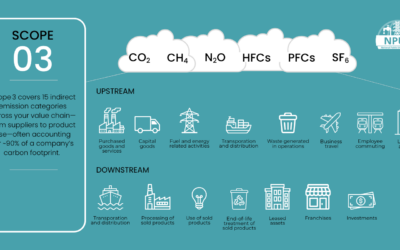How to Get the Most out of Your Scrum Board?
What exactly is Scrum? Scrum project management provides autonomy to every member. The teams are self-directed, so they’re able to quickly deal with the unpredictable changes inherent in any project. The scrum team is made up of a product owner, development team and scrum master. The product owner manages the product backlog, and the scrum master is the expert who acts as a guide for the team. This flexible, self-directed team works in what’s known as sprints.
As Project Manager writes:
5 Tips to Get the Most Out of Your Scrum Board
The scrum board is a tool, but if you don’t know how to use it then it’s not going to be effective. When working in a scrum framework there are a number of things you can do to get the most out of it. Here are some tips.
1. Hold Effective Scrum Ceremonies
No surprise here. Clear communication is the stepping stone to almost any successful venture. In scrum, the basic platform for communication is the daily scrum. That is, a meeting in which these three questions are answered: What did we do yesterday? What are we planning to do today? Is there anything holding us back? Scrum ceremonies are short and focused. They should have a clear scope and tight deadlines to make sure that progress is reflected on the scrum board.
2. Create Detailed Tasks
Tasks are small jobs, which usually require only a single team member to complete. The work probably takes one day or less to complete. The task is breaking the user story down and should be clearly defined. The team should discuss the task and its parameters with the product owner, so they know the expected results. This is done during the sprint planning meeting. You want to give the team enough detail to get the task done and implement that part of the user story, without getting them bogged down in any unnecessary processes. That means having clear definitions of “ready” and “done”.
3. Properly Assign Resources
This is where the scrum master shows their importance. They are the facilitator of all things scrum, being experts in the framework. They help the team optimize their transparency and delivery flow, but also schedule the resources, whether people or logistical. When the scrum master is assigning these resources properly, the sprint will proceed more efficiently and effectively.
4. Keep Everything Visible
The scrum board is a tool that also has the goal of providing transparency into the process. The board gives everyone on the scrum team visibility into who is working on what, if there are any bottlenecks, how long a team member is working on something, if any part of the workflow is blocking the process, etc. This includes the key stakeholders, who have a vested interest in the progress of the project. Be sure to include everything that’s relevant to the sprint on the board, so it can be a single, trusted source of information.
5. Limit Items in Each Column
That being said, you don’t want to overload the board with tasks. It defeats the purpose of keeping the team focused on what is ready to be worked on. A good criteria is to only add to the column where there is capacity to complete. On the flipside, you want to make sure the team has enough to work on. The trick is finding the balance between feast and famine. If you’re experiencing bottlenecks, you don’t have a balanced workflow and might want to stop work until it’s cleared up.



